Wildflowers and Fescue
johnstaci
19 years ago
Related Stories
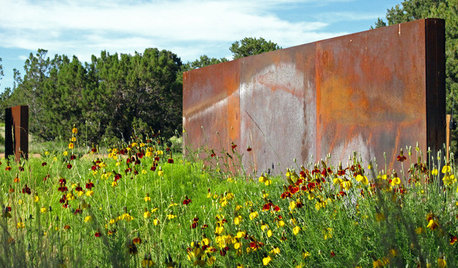
GARDENING GUIDESGreat Design Plant: Ratibida Columnifera
A shortgrass prairie native wildflower fit for pollinators and dry trouble spots offers benefits all year long
Full Story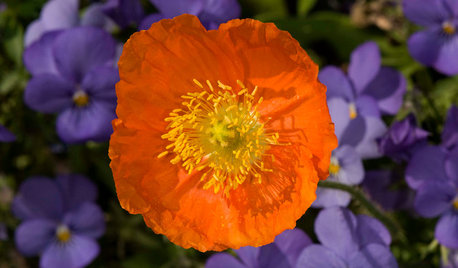
FALL GARDENINGCalifornia Gardener's September Checklist
Planting opportunities abound this month: perennials, lawns, wildflowers and more. Our primer covers 'em all
Full Story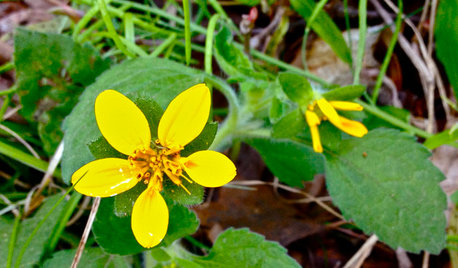
GARDENING GUIDESGreat Design Plant: Chrysogonum Virginianum
This tough ground cover brightens partly shady Eastern gardens with a carpet of golden flowers in midspring
Full Story
GARDENING GUIDESNew Ways to Think About All That Mulch in the Garden
Before you go making a mountain out of a mulch hill, learn the facts about what your plants and soil really want
Full Story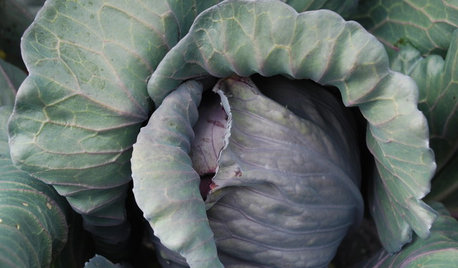
REGIONAL GARDEN GUIDESWelcome the Turning Season: Advice for Your September Garden
Roll with the cooler weather by planting away. Our gardening guides tell you what plant picks are best for each U.S. region
Full Story
BEFORE AND AFTERSSee 6 Yards Transformed by Losing Their Lawns
Wondering whether a turf lawn is the best use of your outdoor space? These homeowners did, and they found creative alternatives
Full Story
GRASSES10 Ways to Use Ornamental Grasses in the Landscape
These low-maintenance plants can add beauty, texture and privacy to any size garden
Full Story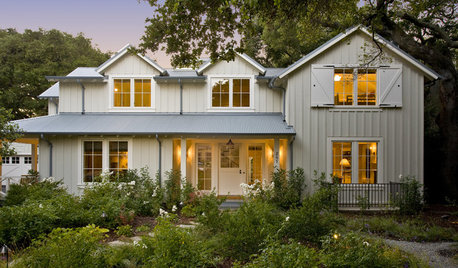
LANDSCAPE DESIGNWater-Saving Landscaping Ideas for Traditional Homes
Who says you need a lawn and roses in front of your traditional house? Try some of these drought-tolerant beauties instead
Full Story
SAVING WATERHouzz Call: Are You Letting Go of Your Lawn?
Many facing a drought are swapping turf for less thirsty plantings. If you’re one of them, we’d like to hear about it
Full Story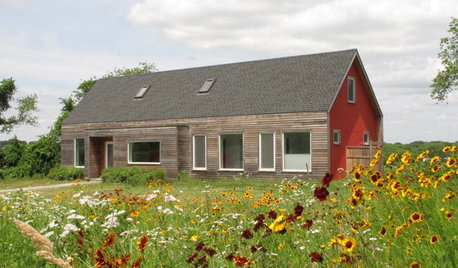
LANDSCAPE DESIGNHow to Design a Meadow Garden Everyone Will Love
Petite grasses or sedges plus flowers make for a manageable landscape that welcomes wildlife
Full Story





lycopus
john_mo
Related Professionals
Wrentham Landscape Architects & Landscape Designers · Beavercreek Landscape Architects & Landscape Designers · Stoughton Landscape Contractors · Beverly Hills Landscape Contractors · Mastic Beach Landscape Contractors · Mission Landscape Contractors · West Orange Landscape Contractors · Greenfield Landscape Contractors · Boston Decks, Patios & Outdoor Enclosures · Champaign Decks, Patios & Outdoor Enclosures · Kissimmee Decks, Patios & Outdoor Enclosures · Lincoln Decks, Patios & Outdoor Enclosures · Lockport Decks, Patios & Outdoor Enclosures · Southampton Decks, Patios & Outdoor Enclosures · Tomball Decks, Patios & Outdoor Enclosuresjoepyeweed
froggy
johnstaciOriginal Author
joepyeweed